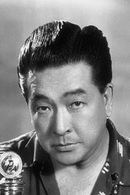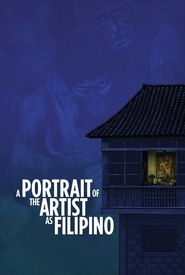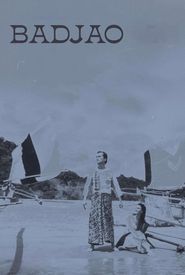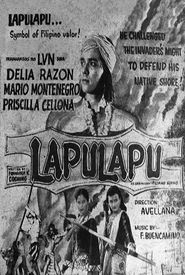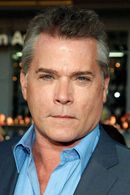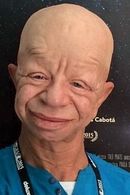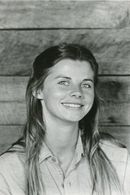Lamberto Avellana's foray into the world of film began with an offer from General Carlos P. Romulo to direct a movie about the life of revolutionary hero Macario Sakay. Despite his wife, Daisy Hintiveros-Avellana, expressing skepticism about his lack of experience in the film industry, Avellana remained undeterred and ultimately enlisted Daisy's help in writing the screenplay.
The resulting film, "Sakay," marked a significant turning point in Avellana's career, as it introduced an innovative use of point-of-view shots, which replaced traditional eye-level camera angles in storytelling. With the guidance of mentor William "Pop" Jansen, Avellana learned the ins and outs of filmmaking, and by the age of 23, he had earned the nickname "The Boy Wonder of Philippine Movies."
"Sakay" went on to win the best film award in 1939, praised for its technical aspects and realism, which was a departure from the typical Philippine cinema of the time. However, the film's portrayal of Sakay as a bandit rather than a revolutionary caused controversy, as it was later revealed to be based on American propaganda materials from the era.
Avellana's son, Mari Avellana, who would later follow in his father's footsteps as a director, recalled that his father was deeply disturbed by the inaccuracies in the film and had always planned to remake it, but unfortunately, he passed away before he could bring his vision to life.
